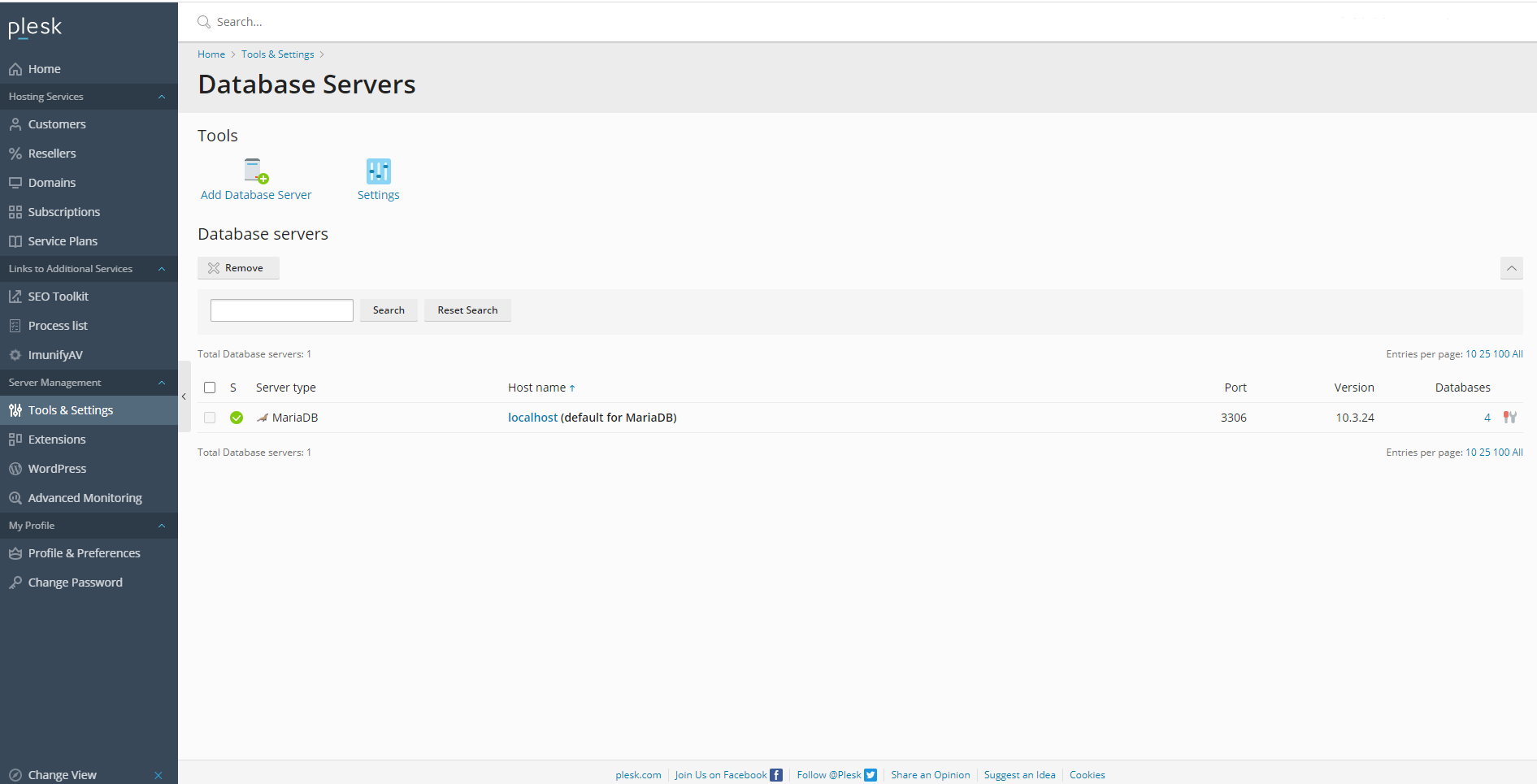
If you’re unsure about the usage being high for a particular site, you can contact Conetix and one of our team can review your VPS usage with you to determine if there’s an issue or not. The screenshots in this example are from a server with busy sites but not excessive use. Note: It is expected behaviour for sites to use both CPU and memory and higher traffic or complex sites will use more than others.
#Plesk repair update
To determine where the CPU or RAM is being used, you can update the process list in real-time.You should see an overall summary similar to: Run Plesk Reconfigurator > Repair Plesk installation tool and check options Plesk Server Accounts, Plesk Services.

First, we have to connect to the server via SSH. For this we can go to Tools & Settings > Diagnose & Repair > File System > Repair SSH.
#Plesk repair install
Manually run the plesk repair utility with the desired commands and options. Then we have to install the Repair Kit extension. You can do this for a particular Plesk service or for Plesk as a whole.

The following options are specific to this aspect:-sys-users Checks the consistency of system users (Linux only).-host-name Checks that the hostname does not exceed 15 symbols in length (Windows only). Here you can: Automatically check and resolve issues with Plesk and Plesk services. Using the Plesk repair utility with the ftp aspect checks the system users and their directories for consistency.
#Plesk repair how to
This article describes how to repair/rebuild the mail configuration for a domain/s using the mchk' utility which restores the settings for all mailboxes created in Plesk. Today, we’ve discussed more on Plesk repair utility and how our Server Support Engineers use this tool to repair each services. Plesk Repair or Restore Mail configuration for Domain/s.



 0 kommentar(er)
0 kommentar(er)
